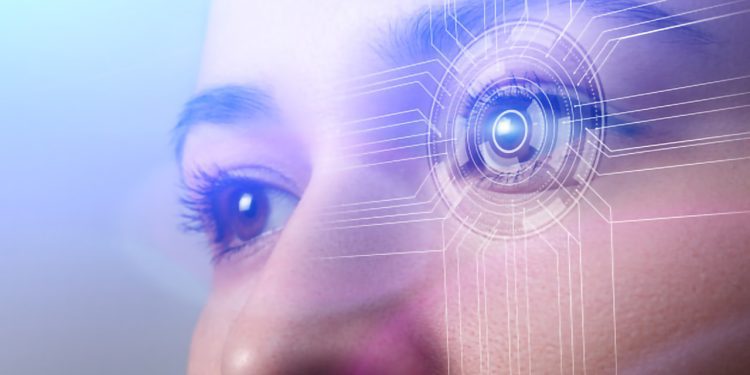This article suggests facial recognition be used for payments so consumer’s don’t need to touch anything at checkout. It further suggests facial recognition be used to identify those on a watch list to reduce shoplifting. Both ideas are hard to implement except by the largest organizations. A watch list is a legal conundrum that grows more complex as state legislatures pass bills designed to protect consumers.
Modern mobile wallets support biometrics and the user can pick the biometric they like assuming the phone supports it. This still requires the phone be presented at the POS and therefor touched. Note that two items are required, something the cardholder has (the phone that has been tested and provisioned by the card networks) and something the cardholder is (the biometric). Note that both items never leave the cardholder and the biometric data never leaves the phone.
While a major merchant might get card network permission to accept a different approach, as Disney has done with its MagicBands, or a major company might be approved for its devices like Apple, Google, and Samsung have done for their respective wallets, this is not something a smaller retailer can hope to achieve on its own and honestly the benefits are small since the cardholder must still pick up the bag and the items in it.
Implementing facial recognition as surveillance is a very different use case than payments. Retailers thinking about collecting biometric data for matching individuals against stored data should have an army of specialized lawyers on hand. The collection of biometric data must be fully disclosed and acknowledged by the consumer which will be different in every state. All data collected should be secured to PCI levels, which is to say it is expensive to maintain and if you do get hacked, you’ll almost certainly be found non-compliant, if not in court then by the court of public opinion:
“Facial recognition also offers consumers an additional layer of security against fraudulent account activity, giving some extra peace of mind. In 2020, the Federal Trade Commission reported that credit card fraud was the most common type of identity theft. Unfortunately, when the pandemic hit its first peak in the U.S. in April 2020, fraudulent transaction attempts rose by 35%. As a standalone payment method, facial verification can stop fraudulent transaction attempts; thieves would be unable to purchase items by posing as someone else. The technology also serves as a deterrent to criminals before they even enter a store. If synced with watchlists of convicted criminals, the technology can alert employees and workers that they should be cautious if someone with a history of retail theft enters their store. Advanced warning and preparation on behalf of retailers can help curb the increasing number of shoplifting incidents in some verticals. Facial recognition acts as secure means of identity protection, as it validates a customer’s identity during a transaction in real-time. Without the consent of a shopper and a positive match to their biometric characteristics, a purchase cannot be completed.
How Consumers and Retailers can Benefit
With widespread rollout of facial recognition transactions, stores and consumers can expect a faster, more convenient and safer pickup or purchasing experience. Stores can see immediate advantages, as well, as facial verification can be used to ensure restricted merchandise is sold to consumers of appropriate ages. Retailers would have a supplementary layer of security knowing that they are not at risk of losing licenses as a result of purchases made using false identification. Also, retailers are protected from another type of fraudulent activity that became more common when retailers deployed curbside pickup and contactless offerings – impersonation. With transactions supported by facial recognition technology, consumers picking up a take-out order or via curbside pickup would have to verify that they are who they say they are, resulting in less theft and retail shrink.”
Overview by Tim Sloane, VP, Payments Innovation at Mercator Advisory Group











